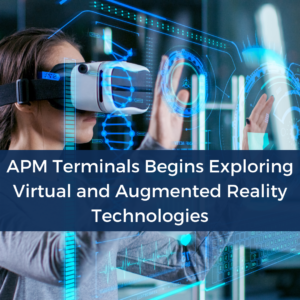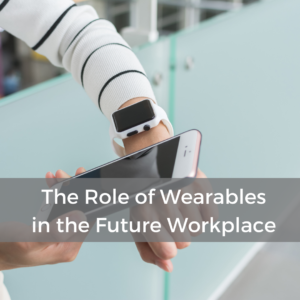Where’s XR at Today and What Does it Mean for Your Company?

The following industries are named as ones which XR is helping to survive and thrive:
- Manufacturing
- Education
- Healthcare
- Marketing
- Tourism
- Design
- Consumer goods
Although AR and VR have been developing since the 1960s, this technology industry is less than seven years old. Overhype was detrimental in delaying integration, and even after vast improvements, adaptation and adoption are at a slower pace than assumed.
Important points made in regards to forecasts and the future of XR in the article include:
- By 2030, it is anticipated that XR will boost the global economy by $1.5 trillion; jobs enhanced by AR and VR is expected to increase from under one million in 2019 to over 20 million.
- Edge computing and 5G are stated as other reasons for this growth, as they ensure seamless immersive experiences by allowing for high-speed, mass transmission of large data.
- Boosting XR benefits, edge computing and 5G enable new ecosystems of real-time data applications, improve image quality, and reduce latency.
A VR use case during COVID-19 is from the University of Bristol in relation to medicine. Their creation of a 3D model allows researchers to visualise the virus and test potential vaccines and cures in simulations. In addition to the acceleration of knowledge, the model allows for remote collaboration between researchers.
Other examples of companies integrating VR for remote collaboration are:
- Seymourpowell : a strategic design and innovation consultancy uses their platform Reality Works with VR to enable their team to create 3D designs together remotely.
- The Leadership Network: using their Gemba VR platform, the executive training organisation moved masterclasses into a virtual sphere.
- Virtuality: European ARVR tradeshow partnered with Manzalab Group, using their solution Teemew Event to digitalise their physical arena.
- Engage: this immersive education VR platform extended to host more people at a time (150).
XR technology now involves more advanced eye and hand tracking capabilities to prove ROI by measuring customer engagement. Key point in relation to this mentioned in the article include:
- A global consumer goods enterprise partnered with Accenture, utilising VR to safely host focus groups, evaluating effectiveness before making business decisions. As a result, sales and profit increased.
- MyndPlay, EEG brainwave technology, was integrated into OculusGo headsets, flagging up which adverts alerted individuals’ attention. Recent studies show that 80% of customers are more likely to purchase a service or product from personalised recommendations.
The use of AR in social apps is also addressed. The greater accessibility and lower cost of AR had led to a faster adoption than VR. Additionally, there is said to be great potential in how AR and MR technologies have progressed, shaping how individuals interact with the physical world. For example, Scape Technologies (recently acquired by Facebook) uses computer vision, cloud computing, and artificial intelligence to pin AR and MR content to specific geographical locations.
Apple’s latest development of AR glasses are mentioned as an example of upcoming, mainstream XR products. These new XR innovations suggest that the technology industry is evolving and democratising. Companies are encouraged to adopt XR technologies for an enterprise advantage.








